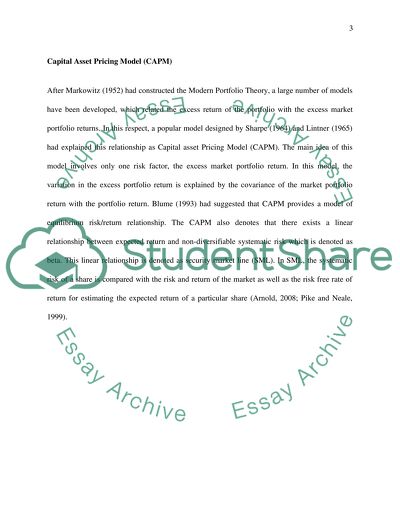Cite this document
(“Corporate finance Assignment Example | Topics and Well Written Essays - 1500 words”, n.d.)
Retrieved from https://studentshare.org/finance-accounting/1493541-corporate-finance
Retrieved from https://studentshare.org/finance-accounting/1493541-corporate-finance
(Corporate Finance Assignment Example | Topics and Well Written Essays - 1500 Words)
https://studentshare.org/finance-accounting/1493541-corporate-finance.
https://studentshare.org/finance-accounting/1493541-corporate-finance.
“Corporate Finance Assignment Example | Topics and Well Written Essays - 1500 Words”, n.d. https://studentshare.org/finance-accounting/1493541-corporate-finance.


